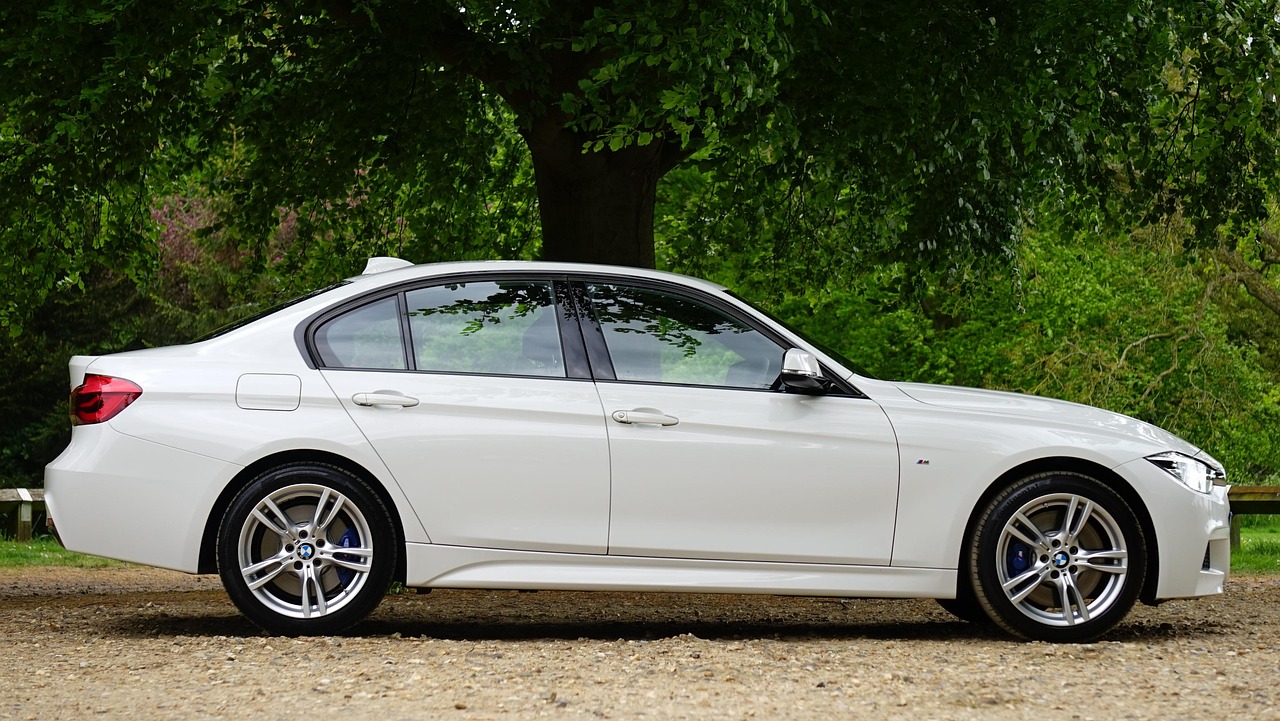Owning a car isn’t just about driving—it’s about responsibility. Routine care and small habits separate a dependable vehicle from one that’s constantly breaking down. Drawing on expert sources, here’s a deep dive into car maintenance strategies that make a real difference.
Why Maintenance Matters More Than You Think
Many drivers see maintenance as optional—something you do only when something goes wrong. That’s backwards. Preventive care not only keeps your car safe and efficient but also saves you money in the long run. Cars kept on schedule tend to depreciate less and avoid catastrophic failures that come from neglect. Consumer Reports consistently emphasizes that staying on top of basic maintenance is the single most effective way to make a car last.
A dealership or repair shop may suggest large repairs—or even alarm you with expensive diagnostics. But when mechanics tell you, “This part will fail soon,” it’s often based on mileage, visual wear, or preventive rationale. Knowing the core systems gives you confidence to question or verify those claims.
Core Maintenance Habits You Can’t Skip
From James Wood Denton’s guidance, several fundamentals stand out—oil changes, tire care, fluid checks, wipers & lights, and regular inspections.
Change Oil on Time (and Use the Right Type)
Your engine’s oil lubricates, cools, and carries away debris. Over time, it degrades, gets contaminated, and loses effectiveness. Delaying oil changes risks metal wear, sludge buildup, and engine damage. James Wood emphasizes this first. Consumer Reports agrees and outlines typical intervals (5,000, 7,500, or 10,000 miles) depending on engine, oil type, and driving conditions.
Modern synthetic oils and tighter engine tolerances often allow longer intervals than older “3,000-mile myth” practices. But the safe bet is to follow your car’s owner’s manual—not someone else’s rule of thumb.
Tire Health, Rotation & Pressure
Tires are the only contact your car has with the road, so they deserve serious attention. Underinflated tires reduce fuel economy, wear unevenly, and risk sudden failure. Overinflated ones reduce grip and cause harsh rides. Consumer Reports recommends monthly checks (when tires are cold) and cautions against relying solely on TPMS warnings. Uneven tread can also signal alignment or suspension issues.
Rotating tires every few thousand miles (often every oil change) helps spread wear more evenly. CR says rotation is often one of the most cost-effective maintenance tasks—cheap, but high impact.
Check All Essential Fluids
Beyond oil, your vehicle depends on cooling fluid (antifreeze), brake fluid, transmission fluid (in applicable cars), power steering fluid, and more. Low or degraded fluids affect performance and can lead to overheating, slipping gears, or failed braking. James Wood calls out fluid checks as essential. CR’s maintenance guide lists coolant flushes and fluid services as key scheduled tasks.
Visibility & Safety: Wipers, Lights & Lights Inspection
You might not think of it until you get caught in a downpour or sudden fog. Faulty wipers leave streaks and impair your view. Burnt-out bulbs (headlights, brake lights, turn signals) don’t just inconvenience you—they’re safety and legal issues. James Wood emphasizes keeping these in top condition. CR also includes wiper replacement in their checklist, noting that weather and wear break down rubber.
Routine Inspections & Preventive Checkups
James Wood points out that beyond the big items, vehicles need regular checkups by technicians to catch hidden issues early. CR supports this: at major mileage intervals, people should inspect belts, hoses, brakes, suspension, and more to avoid surprise failures.
Major Services & When to Do Them
There are maintenance tasks less frequent but just as important. CR’s “Your Car Maintenance Checklist” details these.
- Coolant flush: usually every ~100,000 miles, depending on coolant type.
- Brake pads and rotors: replacements typically fall in the 25,000–50,000 mile range, but you should inspect every oil change.
- Spark plugs: often last ~100,000 miles—but may vary by engine.
- Timing belt: in engines that require one, changing between 60,000 to 120,000 miles is common.
- Other fluids (transmission, differential, etc.) based on manufacturer schedule.
These are heavier jobs—costly if neglected, but relatively modest if performed timely.
What About Cars That Sit Too Much?
If your car isn’t driven often, neglect can still bite you. CR warns that cars driven too little are vulnerable: batteries drain, seals dry out, brakes rust, and rodents may invade. They suggest running the car every week or two, driving it long enough to warm it, use the brakes, and circulate fluids. Many maintenance schedules assume regular use, so skip too much idleness at your peril.
Choosing Where to Get Service
Not all repair shops are equal. CR cautions against blindly accepting every recommended repair at big shops or dealerships. Always get explanations, second opinions, and ask to see worn parts. Also, staying with a consistent shop often pays dividends: technicians familiar with your car can spot trends or early signs of trouble.
Long-Term Costs & Brand Differences
Maintenance costs accumulate. CR’s data shows glaring differences in what various car brands cost over time. Some brands require far more investment for repairs and parts beyond the standard maintenance window. If you plan to keep a car long-term, consider the brand’s maintenance reputation when choosing.
Building Your Maintenance Plan
- Start with your owner’s manual. Every vehicle is different.
- Create a log. Record dates, mileage, what was done.
- Budget for maintenance monthly. Even small amounts add up.
- Inspect proactively. Don’t wait—check fluids, belts, hoses, lights regularly.
- Schedule big services early. Don’t push them to the last minute.
- Drive the car occasionally if it’s unused.
- Ask questions at repair shops. Understand why a repair is needed.
Final Thoughts
Reliable car ownership doesn’t come from luck—it comes from diligence and consistency. Between the fundamentals from James Wood’s list and the comprehensive approach from Consumer Reports, you have a powerful roadmap for car care. Follow it, and your vehicle will reward you with years of trouble-free service.
References
- James Wood Denton: “5 Essential Car Maintenance Tips to Keep Your Vehicle Running Smoothly” – jameswooddenton.com jameswooddenton.com
- Consumer Reports: “Car Maintenance & Repair Guide” – consumerreports.org Consumer Reports
- Consumer Reports: “Your Car Maintenance Checklist” Consumer Reports
- Additional CR coverage on repair shops, brand cost data Consumer Reports+2Consumer Reports+2



